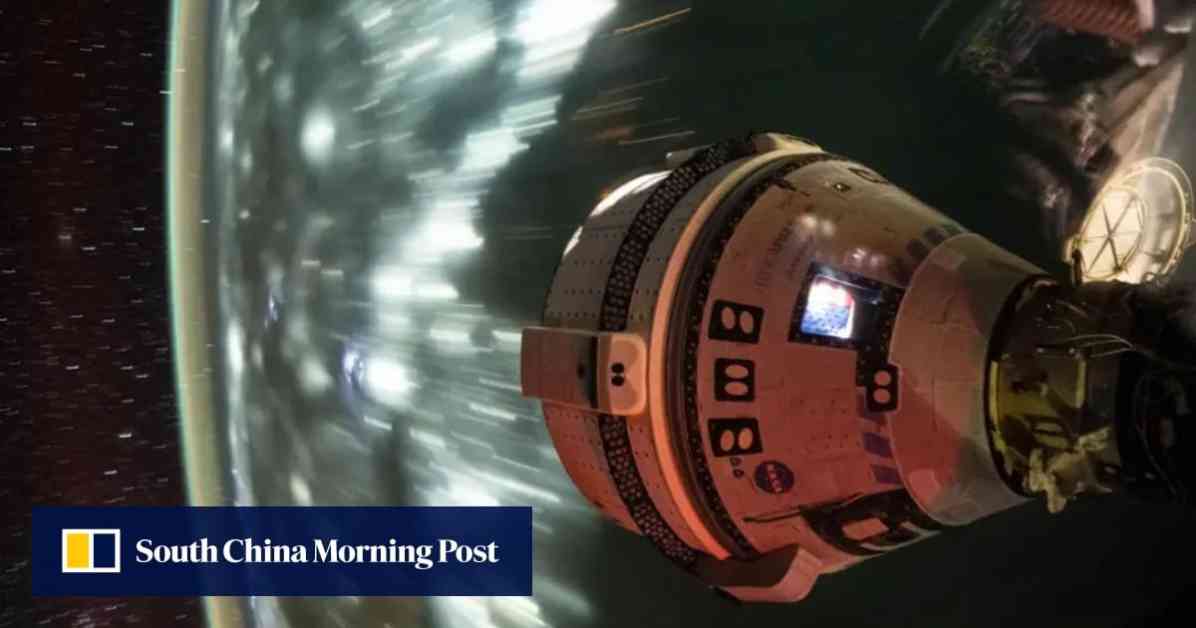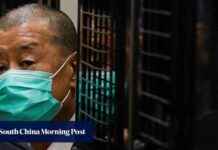NASA’s Explanation of Mysterious Noise in Boeing Starliner Unraveled
Over the weekend, NASA found itself in the spotlight as reports emerged of a mysterious noise heard by astronaut Butch Wilmore aboard Boeing’s Starliner docked to the International Space Station (ISS). The space agency was quick to address the situation, reassuring the public that there was no cause for concern.
The Strange Noise Heard in Space
A pulsing sound from a speaker in Boeing’s Starliner spacecraft caught the attention of astronaut Butch Wilmore while he was working inside the spacecraft on Saturday. Concerned about the origin of the noise, Wilmore promptly reported it to NASA, prompting a swift response from the space agency.
In a statement posted on its social media accounts on Monday, NASA explained that the mysterious noise was actually feedback from the speaker in Boeing’s Starliner. The agency attributed the feedback to an audio configuration issue between the spacecraft and the ISS, emphasizing that it had no technical impact on the crew, Starliner, or station operations.
NASA’s Response and Explanation
NASA reassured the public that the strange noise was a common occurrence in the complex audio system of the International Space Station, which allows multiple spacecraft and modules to be interconnected. According to the space agency, it is not unusual for astronauts to experience noise and feedback while working in space.
“The crew is asked to contact mission control when they hear sounds originating in the comm system,” NASA stated in its social media post. This proactive approach ensures that any anomalies in the audio system can be promptly addressed and resolved to prevent any disruptions to space station operations.
Despite the initial alarm caused by the mysterious noise, NASA confirmed that it had been successfully resolved and that there was no impact on the upcoming uncrewed undocking of Starliner from the ISS. The spacecraft is scheduled to undock from the station no earlier than Friday, September 6, as planned.
The Complexity of Space Station Audio Systems
The incident involving the mysterious noise in Boeing’s Starliner sheds light on the intricate audio systems onboard the International Space Station. With multiple spacecraft and modules interconnected, the ISS relies on a sophisticated audio configuration to ensure seamless communication between astronauts and mission control.
NASA’s explanation of the feedback from the speaker in Starliner underscores the challenges of maintaining audio clarity in the space environment. The unique conditions of space, including microgravity and vacuum, can introduce unexpected variables that may impact audio transmission and reception.
As astronauts continue to conduct research and experiments aboard the ISS, the importance of clear and reliable communication cannot be overstated. Any anomalies in the audio system must be promptly addressed to ensure the safety and success of space missions.
Lessons Learned and Future Precautions
The incident involving the mysterious noise in Boeing’s Starliner serves as a valuable learning opportunity for NASA and its partners in the space industry. By identifying the root cause of the feedback from the speaker, the space agency can implement measures to prevent similar occurrences in the future.
NASA’s proactive response to the mysterious noise demonstrates its commitment to the safety and well-being of astronauts aboard the ISS. By promptly investigating and resolving the issue, the space agency maintains operational efficiency and ensures the success of space missions.
Moving forward, NASA will continue to monitor and evaluate the audio systems onboard the ISS to prevent any disruptions or anomalies. The agency’s dedication to continuous improvement and innovation in space technology will enable astronauts to conduct their work effectively and safely in the challenging environment of space.
In conclusion, the unraveling of NASA’s explanation of the mysterious noise in Boeing’s Starliner highlights the complexity of audio systems in space and the importance of proactive communication protocols. By addressing the issue promptly and transparently, NASA has reaffirmed its commitment to the safety and success of space missions. As astronauts continue their research and exploration in space, the lessons learned from this incident will inform future precautions to ensure the reliability and clarity of audio communication in the unique environment of space.



















